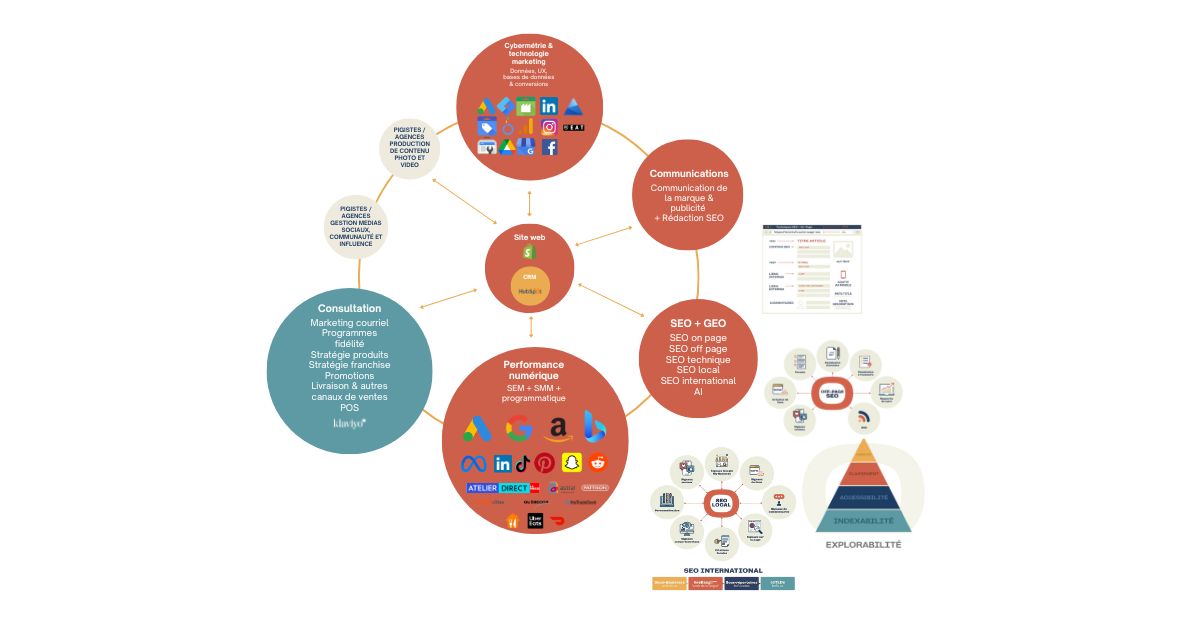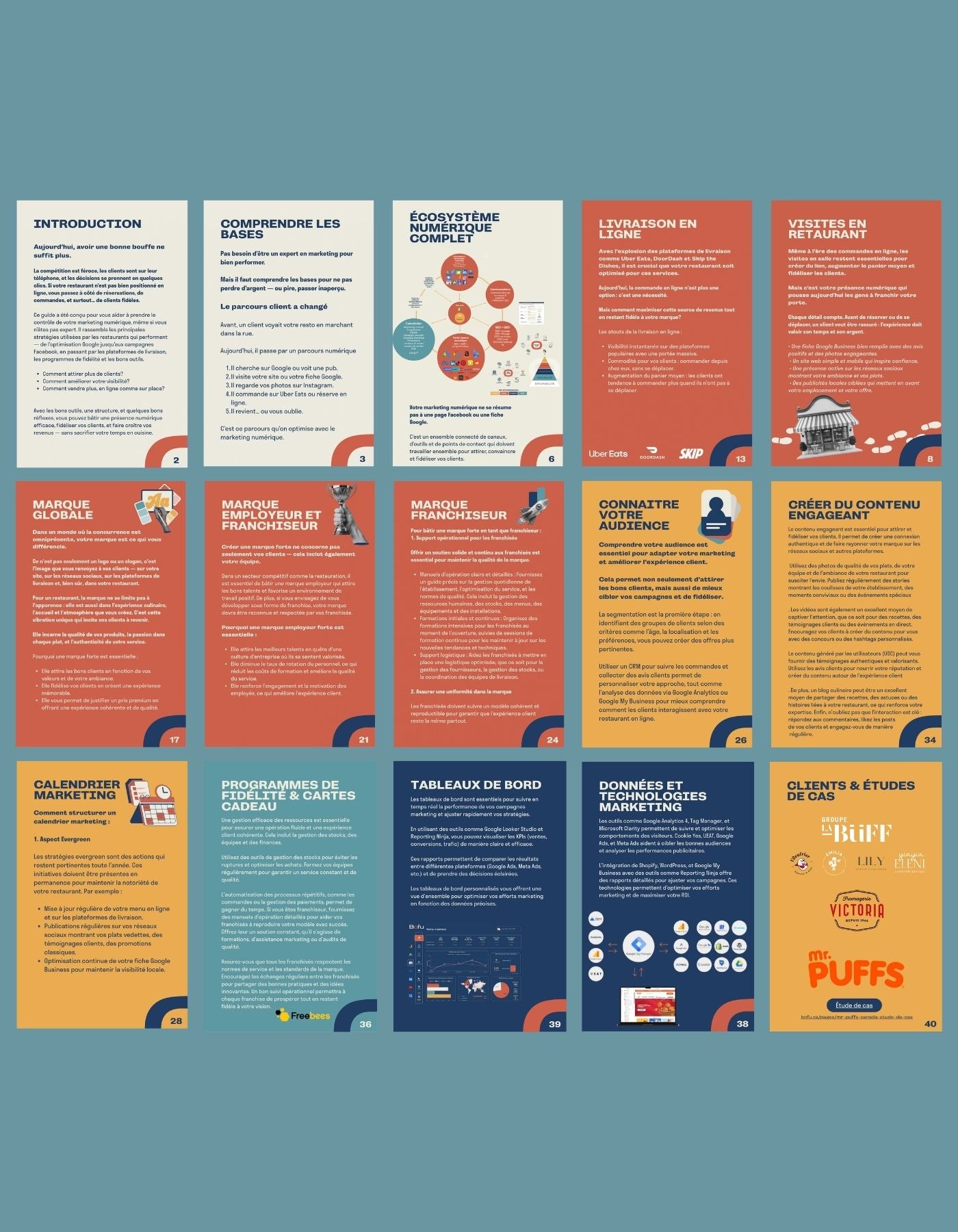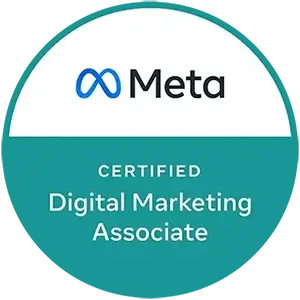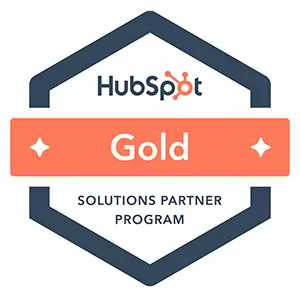Digital marketing can seem complex for restaurateurs: acronyms like SEO, CRM, and pixels are everywhere, and platforms are multiplying. However, understanding the basics allows you to make better decisions, avoid unnecessary expenses, and build an effective strategy for your restaurant.
You don't need to be an expert. You need a clear framework to know what to track, why, and how it helps you attract more customers.
The customer journey has changed
In the past, you discovered a restaurant by walking past. Today, discovery almost always happens digitally: a Google search, an ad on Instagram, a review on Google Maps, an order on Uber Eats.
Every interaction is a step in the customer journey. By mastering the tools associated with these steps, you directly influence the customer's decision.
Example: A well-optimized Google listing with good photos and recent reviews can put you at the top of a search for “best brunch in Quebec City.”
The main concepts to know
1. SEO (natural referencing)
This is what allows your restaurant to appear in Google search results for free. It relies on the right keywords, well-structured pages, and a well-filled Google Business profile.
2. SEM (search engine advertising)
Unlike SEO, here you pay to appear. For example, you can buy keywords like "sushi delivery Laval" and appear at the top of the results. Google Ads campaigns allow for very precise targeting based on intent.
3. Social networks (content and advertising)
Social media platforms like Instagram, Facebook, and TikTok are essential for building your image, engaging your community, and generating sales. Organic content showcases your atmosphere, your dishes, and your events. Advertising, on the other hand, allows you to target specific profiles based on geolocation, interests, or purchasing behavior.
4. Tracking Pixels and Beacons
These are codes installed on your site that allow you to track visitor behavior: how many people clicked on “order,” how many visited the menu page, etc. This data helps you better target your campaigns and measure their effectiveness.
5. CRM and customer database
Collecting emails, preferences, or purchase history allows you to stay connected with your customers. For example, by sending an exclusive offer to your best customers or following up with those who haven't ordered in 30 days.
Putting the basics in place without complexity
You don't need to set everything up at once. Start by:
-
Create or optimize your Google Business listing
-
Check that your site is functional, mobile and up to date
-
Install Google Analytics 4 and the Meta pixel with Tag Manager
-
Publish simple but regular content on your social networks
-
Collect emails or phone numbers through an ordering system, loyalty card or contest
Conclusion
Understanding the basics of digital marketing is like mastering the ingredients before you cook. It's what allows you to build a profitable, measurable, and sustainable strategy.
Once these foundations are in place, you can take things further with more advanced campaigns, remarketing, automation, or custom dashboards. But it all starts here: with a solid understanding of the key drivers of your growth.
















